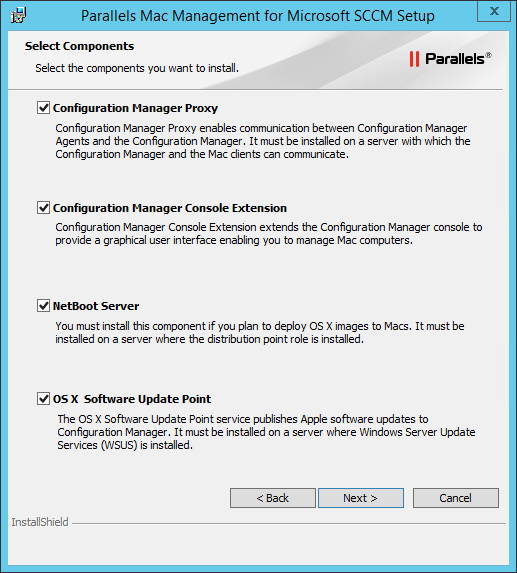


Using a key pair on multiple computers introduces additional risk, as that increases the number of places something can go wrong. When your private key lives in the cloud, you’re entrusting its protection to a third party. In addition to hacking, there’s also the question of where your key files may be copied when using a cloud backup service such as Microsoft’s OneDrive or Apple’s iCloud. The more places with access to your private key, the greater the possibility of it being exfiltrated by a breach in the security mechanisms of your web browser, operating system, or even the computer hardware itself. What does that mean for you? If an adversary gets a hold of your PGP private key, it can be used to decrypt any existing email or files ever encrypted with your public key. Unlike modern end-to-end encrypted communication apps such as Signal, PGP’s keys are static - they don’t change. Your PGP private key is made of a small chunk of text in a file on your computer. While this process is the easiest and most accessible way to get started using PGP, there are potential risks around depending on a web browser’s ability to securely store your keys - not to mention the security of the computer and its operating system.Ī key concern in using PGP is keeping the private key used to decrypt or sign messages safe.
PGP COMMAND LINE FOR MAC HOW TO
In our previous introduction to PGP, we discussed what public and private key encryption are, and how to create a PGP key pair using Mailvelope, a web browser extension available for Chrome and Firefox. Some of these steps also utilize a command-line interface, and it may be helpful to get comfortable with that interface before diving in. AOL is a registered trademark, and AOL Instant Messenger is a trademark, of America Online, Inc.This guide is intended for readers familiar with using PGP who want to take an extra step in fortifying the security around their private key.
PGP COMMAND LINE FOR MAC WINDOWS
Windows and ActiveX are registered trademarks of Microsoft Corporation. PGP, Pretty Good Privacy, and the PGP logo are registered trademarks of PGP Corporation in the US and other countries. No part of this document can be reproduced or transmitted in any form or by any means, electronic or mechanical, for any purpose, without the express written permission of PGP Corporation. Released September 2010.Ĭopyright © 1991-2010 by PGP Corporation. -symmetric-passphrase-fd, -symmetric-passphrase-fd8.

-proxy-passphrase-fd, -proxy-passphrase-fd8.-new-passphrase-fd, -new-passphrase-fd8.-export-passphrase-fd, -export-passphrase-fd8.-auth-passphrase-fd, auth-passphrase-fd8.-proxy-passphrase, -proxy-server, -proxy-username.-license-name, -license-number, -license-organization, -license-email.-city, -common-name, -contact-email, -country.Getting an authentication cookie for a specific PGP KMS.-remove-preferred-compression-algorithm.Importing a Public Key from a Keyserver.Exporting Your Public Key to a Text File.PGP Command Line for Windows and PGP Desktop on the Same System.Changing the Home Directory on Linux or Fedora Core.Installing on Red Hat Enterprise Linux or Fedora Core.Installing on Red Hat Enterprise Linux, SLES, or Fedora Core.
PGP COMMAND LINE FOR MAC MAC OS X


 0 kommentar(er)
0 kommentar(er)
